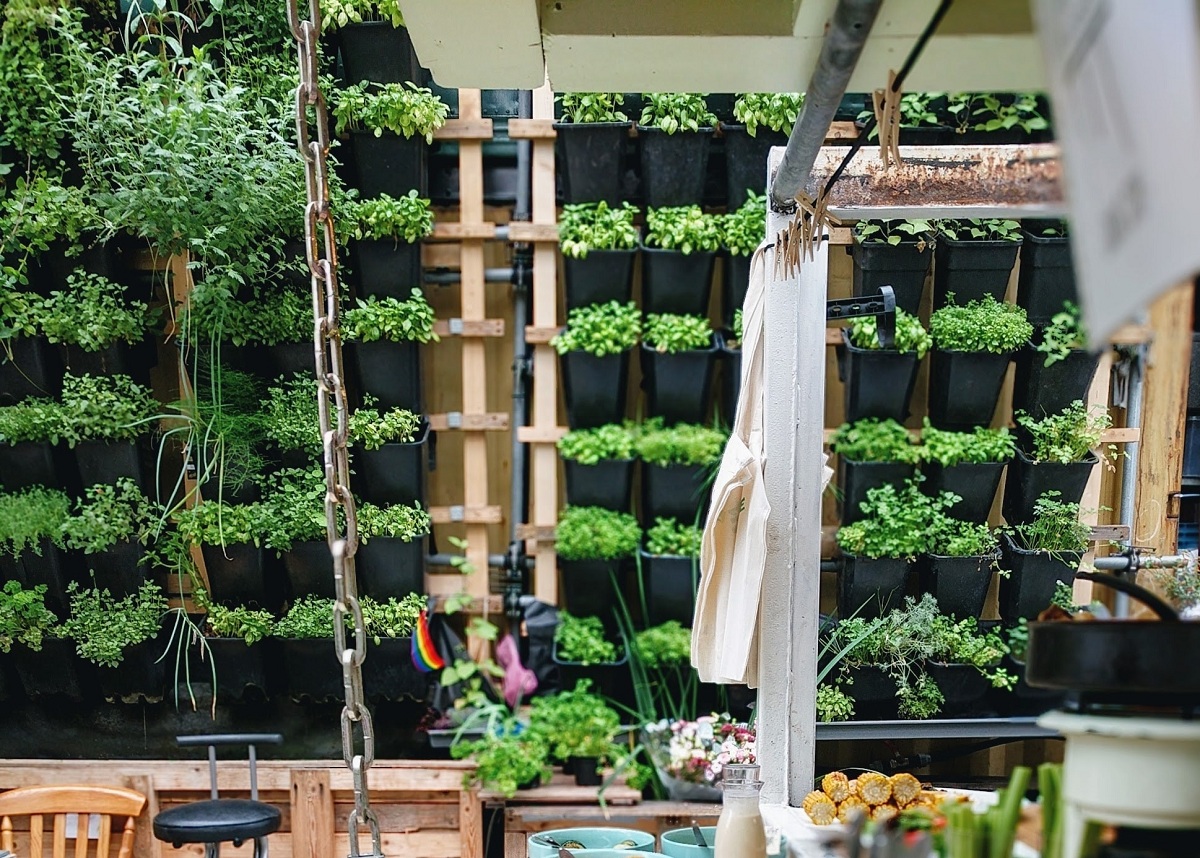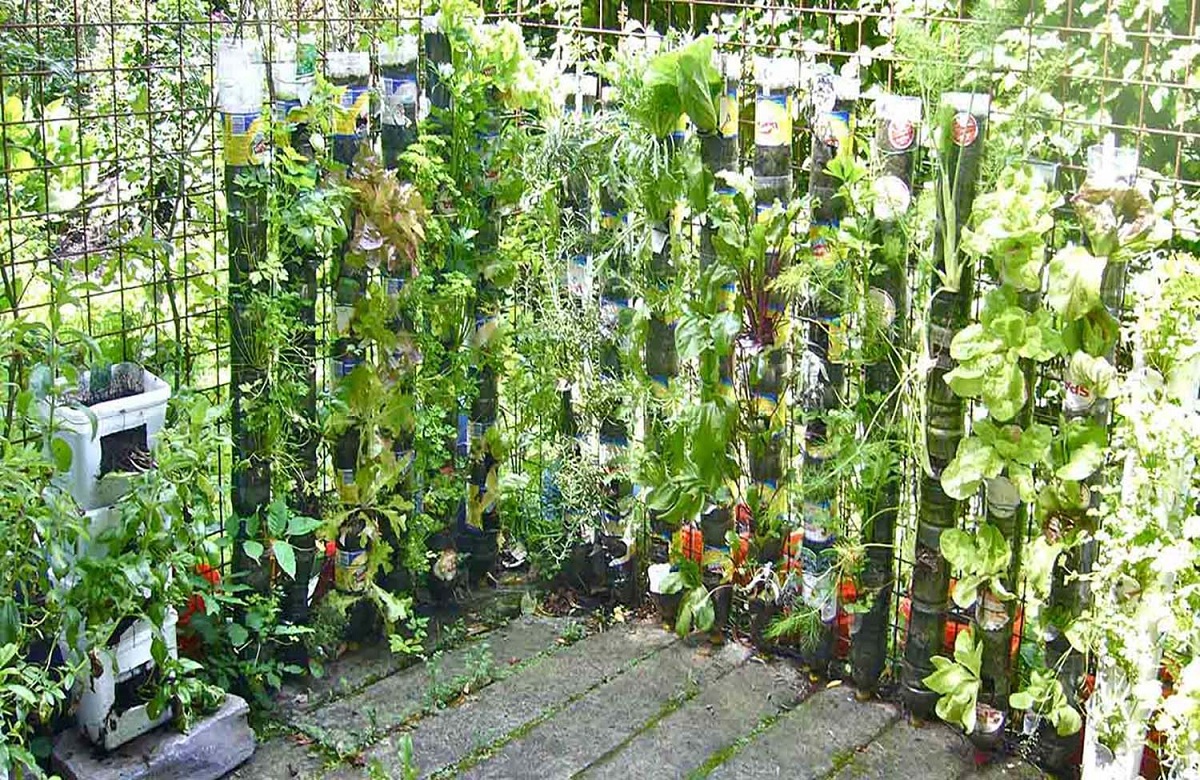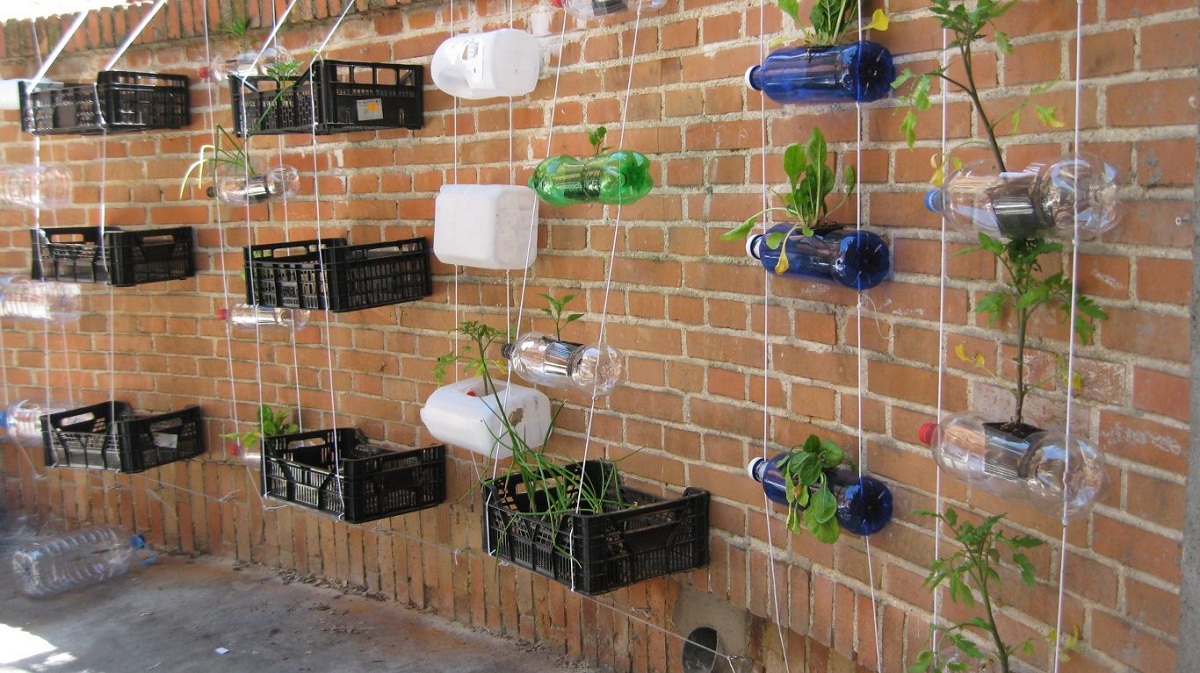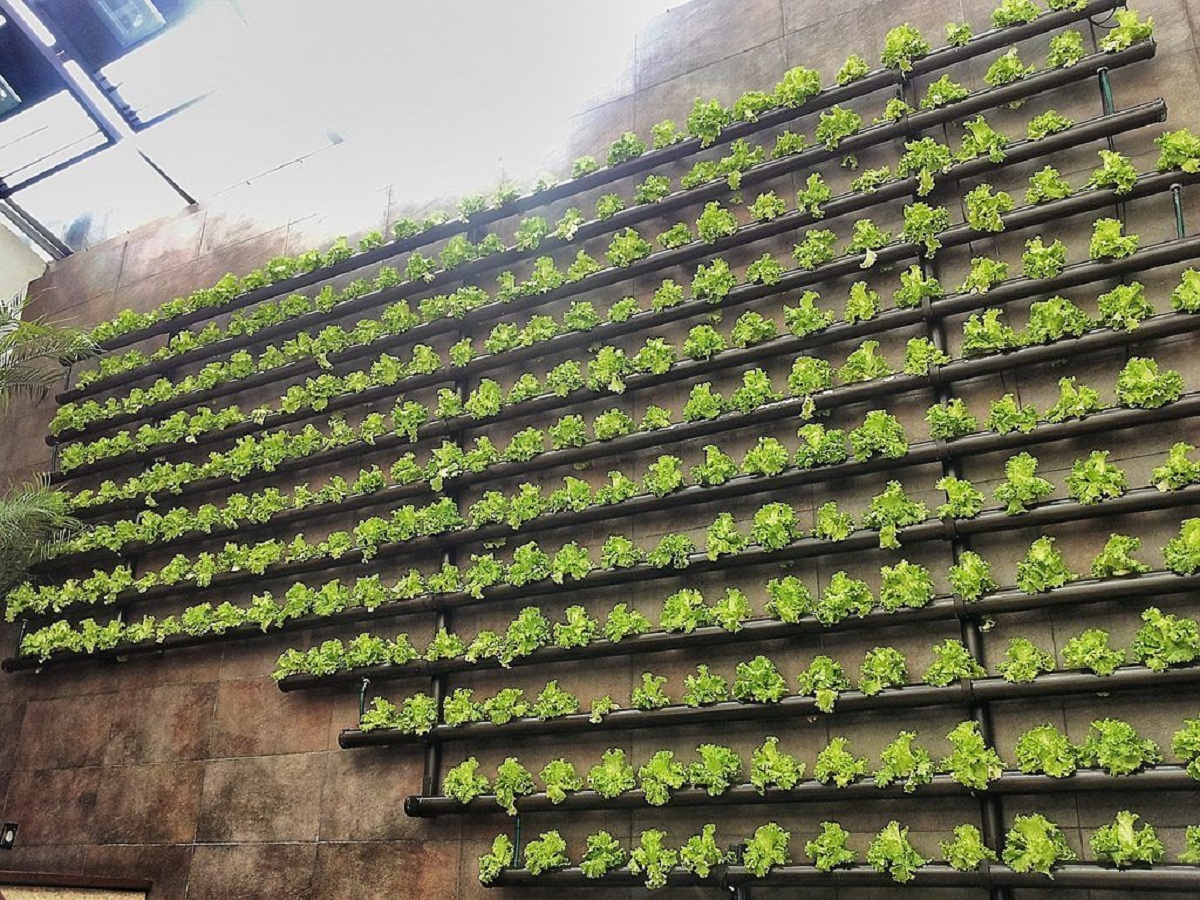
If you want to have a home urban garden and you do not have space, there are many possibilities of being able to make one without having to have a soil for it. The solution to this problem is the vertical garden. There are numerous ideas to learn how to make a vertical garden so that you can enjoy it while taking up less space.
Therefore, we are going to dedicate this article to tell you what are the main ways to learn how to make a vertical garden and what are the different types that can be adapted to you.
How to make a classic vertical garden
A vertical garden is a space-optimized structure that can grow and plant fruits or vegetables for personal use. Has a great advantage, it does not require land, as long as there is an exterior wall that receives sunlight for several hours a day. In addition, you can use recyclable elements in your structure and save money by reducing the purchase of collected products from the market.
We are going to count the materials and the necessary tips to learn how to make a classic vertical garden. First, we need the following elements: a 2-liter plastic bottle, a string, scissors, an awl, and a nail. Use scissors to cut a rectangle out of the plastic bottle and use an awl to poke four holes at each end. Next, we pass the rope through these four holes and tie a knot under each hole to fix the bottles except the last one. Finally, after connecting the four bottles with ropes, we hung the suit on the wall with nails.
It is important that this wall accepts sunlight, but not throughout the day. After preparing the pots, the next items we need are organic humus, watering cans and seeds for the fruits we want to grow. In this case, we will grow carrots, tomatoes, onions, and strawberries.
We fill the bottles with organic hummus, taking care not to damage them, we bury the seeds. We will water the pots once a day when the sun has set to avoid evaporation, and we will pay special attention to watering during the first fifteen days. The products we choose take 3 to 4 months to come out, we must remember not to water in the last week, because too much water will cause the cultivated fruits to lose their flavor.
When the fruit grows, it is time to harvest. Now you can enjoy indigenous products produced in a sustainable way and prepare for a new harvest by reusing the same bottles with new humus and new seeds.
Types of vertical garden
As we mentioned at the beginning of the article, there are numerous types of vertical garden that can be adjusted to your available space and your tastes. Let's see what are some of the main types and varieties of vertical garden:
Onion tree
Although the onion tree does not fully fit the idea of urban vertical gardens that many people may have, it's a potential substitute for those who don't have a lot of free space but don't want to stop growing some food. To create this tree and collect its fruits, you only need a bottle of water, soil, water, onion sprouts and a little attention. Cut the neck off the bottle, poke small holes around the bottle, and then spread a layer of soil and onion sprouts. Before that, don't forget to soak the bean sprouts overnight before placing them on the plant that will become your particular onion tree.
Home hydroponic system
A terrace is enough for you to create a very efficient vertical home garden. Smaller plants such as strawberries, radishes or lettuces can preferably be grown. The structure of this vertical garden is very delicate. The hydroponic planting system has 12 tubes, each with a hole for each plant you want to grow. In addition, this type of garden uses a water distribution system so that the upper and lower halves are watered equally, thus avoiding excessive humidity during any step.
Grow strawberries in tanks
An easy and inexpensive alternative to getting a vertical garden at home is to stack pots in towers to grow strawberries. An advantage of this idea is space. Any void, however small, it's enough to see your own strawberry sprout.
To establish this family planting area, twelve holes are drilled into each pot, and then the bottom of a plastic bottle is inserted into each hole, which are also drilled. The ideal is to screw it to the pot so that it is well connected. Then add soil and strawberry plants. Later, place a stone in the pot to preserve the soil when watering, and shape the tower. In less than a quarter of a square meter, you will have room to grow plants.
Vertical vegetable garden with plastic bottles
With something so simple Each bottle can hold up to 2 liters of plastic bottles, a strong rope and some gaskets. You will have all the tools to create a vertical garden. In addition to growing food, you will bet on the recycling of plastic waste. Drill four holes in the bottom of each bottle, cut the top to introduce sand and plants, tie it to the wall and you are done. You only have to worry about how to take care of and collect the food.
Vertical garden with wood and pots
It's easier than it sounds to transform a terrace wall or well-lit room into an urban vertical garden. A good option is this type of hanging garden model with wood and rope, you just need to choose where to install it and a little trick to pierce the shelf, tie them and hang them so that they adhere well to the wall. Once you have taken these steps, It only remains to place pots, choose the seeds or seedlings you want to plant, and then start working in this urban vertical garden that can give you a lot of satisfaction.
Another option for vertical gardens built with wood and rope is to create them with plastic gutters, which also offers the possibility of having a vertical garden at home in a space as small as a free wall. Everything you need it's tools, wood, brackets, and of course drains. According to the space you have, cut it into different parts and make three holes on its side and cover them. Next, place two wooden slats vertically and fix the bracket where each drainage ditch is located. With this the structure is completed, and the rest is to put plants and grow them.
I hope that with these tips you can learn more about how to make a vertical garden at home.


